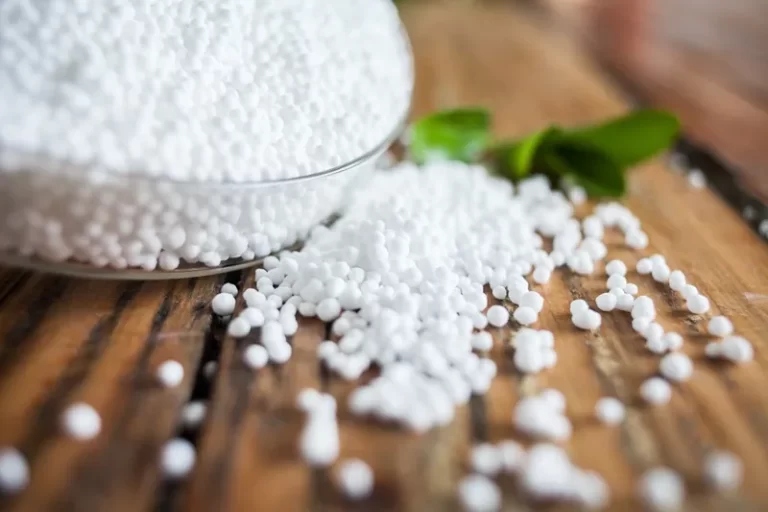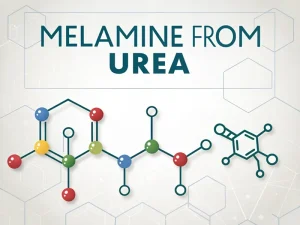
Melamine Packaging
Tech Blog Melamine packaging For manufacturers, inaccurate packaging not only fails to meet national standards but also increases labor costs and the risk of product


Urea is an important compound in agriculture, pharmaceuticals. It is a fundamental property that affects its behaviour in chemical reactions, solubility, and biological processes. Understanding the molecular weight of urea is key to optimizing its use in fertilizers, plastics, and even medical applications. This article explores how the molecular weight of urea is calculated, its significance in various industries, and its role in natural and synthetic processes.
Urea, the chemical formula CO (NH₂)₂.
This formula can be decomposed into its constituent elements:
Carbon (C): 1 atom
Oxygen (O): 1 atom
Nitrogen (N): 2 atoms (from two NH₂ groups)
Hydrogen (H): 4 atoms (from two NH₂ groups)
Using standard atomic weights from the periodic table:
Carbon (C) = 12.01 g/mol
Oxygen (O) = 16.00 g/mol
Nitrogen (N) = 14.01 g/mol
Hydrogen (H) = 1.008 g/mol
Step-by-Step Calculation:
Carbon contribution:1* 12.01 = 12.01 g/mol
Oxygen contribution:1*16.00 = 16.00 g/mol
Nitrogen contribution:2* 14.01 = 28.02 g/mol
Hydrogen contribution:4*1.008 = 4.032g/mol
Total molecular weight of urea:12.01 + 16.00 + 28.02 + 4.032 = 60.062 g/mol
Rounded to two decimal places, urea’s molecular weight is 60.06 g/mol.
Fertilizer: The low molecular weight and high nitrogen content (46%) of urea make it an effective nitrogen source for plants. The relatively low molecular weight (60.06 g/mol) and polar structure of urea make it highly soluble in water (108 g/100 mL at 20 ° C), making it easy to apply as a liquid or granular fertilizer. Plants absorb urea and convert it into ammonia and carbon dioxide for protein synthesis.
Feed additive: In animal nutrition, the molecular weight of urea ensures that it is easily incorporated into ruminant feed formulations, where it is metabolized into protein by gut microbiota.
Urea reacts with formaldehyde to form urea formaldehyde resin, which is a key component of adhesives, particleboard, and moulded plastics. The molecular weight of urea affects the stoichiometric ratio of the reaction. For example, one mole of urea (60.06g) typically reacts with 1-3 moles of formaldehyde to form hydroxymethylurea intermediate, which then crosslinks to form a rigid polymer.
Urea-based cream (for example, the concentration is 10-40%) uses its low molecular weight to penetrate into the skin, playing the role of a humectant (humectant) and a cutin-dissolving agent (dead skin remover). Its small size allows it to be effectively absorbed, making it suitable for treating diseases such as eczema and psoriasis.
The molecular weight of urea is usually confirmed through the following methods:
Mass spectrometry analysis: The NIST database reports that the molecular ion peak of urea is at m/z 60.06, consistent with its theoretical mass.
Elemental analysis: Combustion analysis verified the percentages of C, N, H, and O in the urea sample.
| Compound | Molecular Formula | Molecular Weight (g/mol) | Key Difference |
|---|---|---|---|
| Urea | CO(NH₂)₂ | 60.06 | Low molecular weight, highly soluble, primary nitrogen fertilizer |
| Melamine | C₃H₆N₆ | 126.12 | Higher molecular weight, aromatic ring, used in resins and linked to toxicity |
| Ammonia | NH₃ | 17.03 | Gas at room temperature, highly volatile, precursor to urea |
| Uric Acid | C₅H₄N₄O₃ | 168.12 | End product of purine metabolism in humans, higher molecular weight, the cause of gout when concentrated |
The molecular weight of urea (60.06 g/mol) is the basis for its cross-industry universality, determining its decisive characteristics in agriculture, industry, and medicine. From its use as a high nitrogen fertilizer to its role in medical diagnosis and biodegradation processes, this characteristic determines its solubility, reactivity, and biological impact. Despite challenges such as ammonia volatilization and formaldehyde release, the versatility and cost-effectiveness of urea ensure its continued importance in various industries. By understanding its molecular weight, the industry can optimize the benefits of urea while reducing risks and promoting sustainable and innovative applications.

Tech Blog Melamine packaging For manufacturers, inaccurate packaging not only fails to meet national standards but also increases labor costs and the risk of product

Tech Blog How to Detect Melamine in Textiles? Melamine powder, a nitrogen-containing heterocyclic compound, is widely used in flame-retardant textiles and plastic products due to

Tech Blog melamine from urea Melamine is well-known for its wide range of applications, but its raw material for production is surprisingly urea. For manufacturers,

JINGJIANG MELAMINE POWDER
© JINJIANG MELAMINE